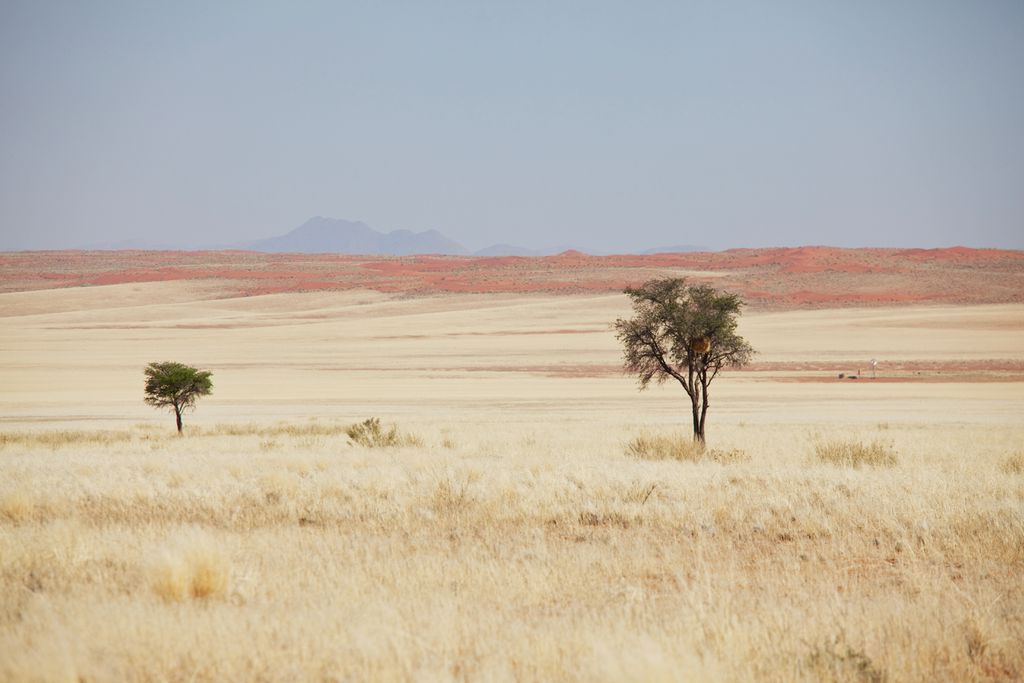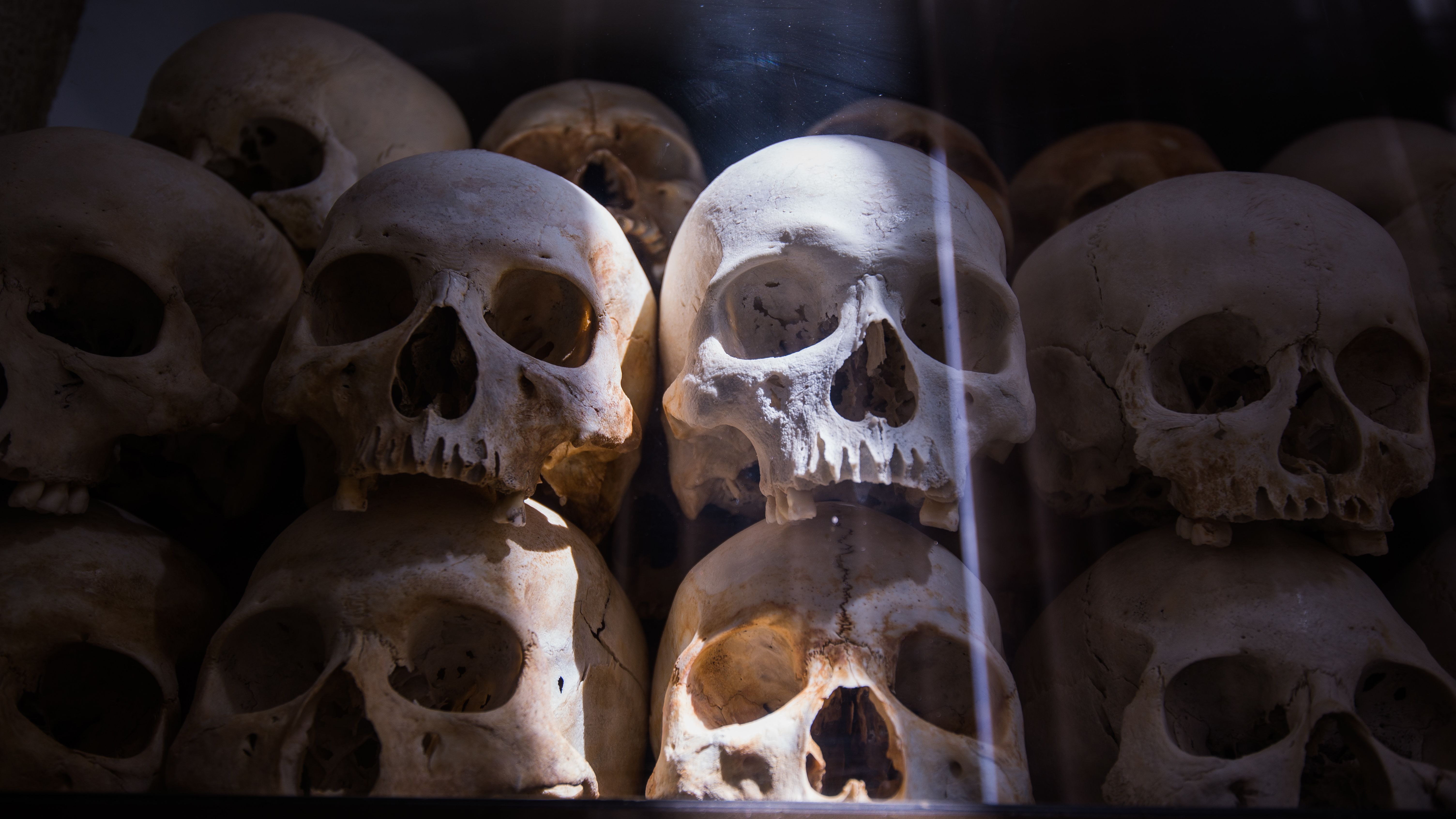Ancient humans nearly became extinct from the planet about 900,000 years ago, according to a study that included genome analysis. At that time, the population had declined to about 1,300 people. Now, new research links the near-extinction experience to the effects of climate change — and those effects had nothing to do with the release of carbon monoxide, which human action encourages today.
The imminent extinction of humans was not caused by a single event, but by a set of changes in the planet's climate known as the Middle Pleistocene transition. And unlike the human race, many animals and plants ended up being swallowed by the new climate reality. It was “luck” that human groups fled from Africa, en masse and in different waves, towards Europe and Asia.
Climate change and near extinction
Identifying clues linking the migratory movement of ancient humans into Europe and Asia as they fled the effects of climate change is no easy task.
To overcome this challenge, geologists Giovanni Mutoni from the University of Milan (Italy) and Dennis Kent from Columbia University (USA) reviewed two types of evidence:
- The fossil record of ancient human bones and ancestral stone tools at archaeological sites across Eurasia – this has been important in determining the beginning of the occupation;
- Marine sediment records, because they provide clues about the temperature of more distant periods, based on oxygen isotope analysis – this was essential to verify whether climate change was actually occurring.
In a study published in the magazine Proceedings of the National Academy of Sciences (PNAS)The authors confirm the hypothesis that the two events, mass migration and climate catastrophe, occurred simultaneously.

At that time, the lives of most ancient humans had become unsustainable, as they lacked food and water, due to the drought and drought that struck Africa.
However, lower sea levels allowed pilgrimage by land in search of better conditions. It is likely that other species made similar movements in search of survival.
Survival of the human species
Over thousands of years, it can be seen that the decision was very wise to the point of allowing humans to recover as a species, and avoid mass extinction.
Today, there are more than 8 billion people inhabiting the surface of the planet, except for the few who spend periods of no more than a few months on the International Space Station (ISS). Not to mention the emerging space tourism and companies planning to build new stations in Earth's orbit.
It is expected that in the face of the current challenge posed by global warming, good strategies will be adopted in favor of the continuity of the human race and the possibility of studying it after another 900 thousand years. Experts are already pointing out that the path should not be solar geoengineering, techniques that seek to reduce the incidence of sunlight on the planet.
source: With people

“Hardcore beer fanatic. Falls down a lot. Professional coffee fan. Music ninja.”






More Stories
The law allows children and adolescents to visit parents in the hospital.
Scientists pave the way for the emergence of a new element in the periodic table | World and Science
Can dengue cause hair loss? Expert explains how the disease affects hair